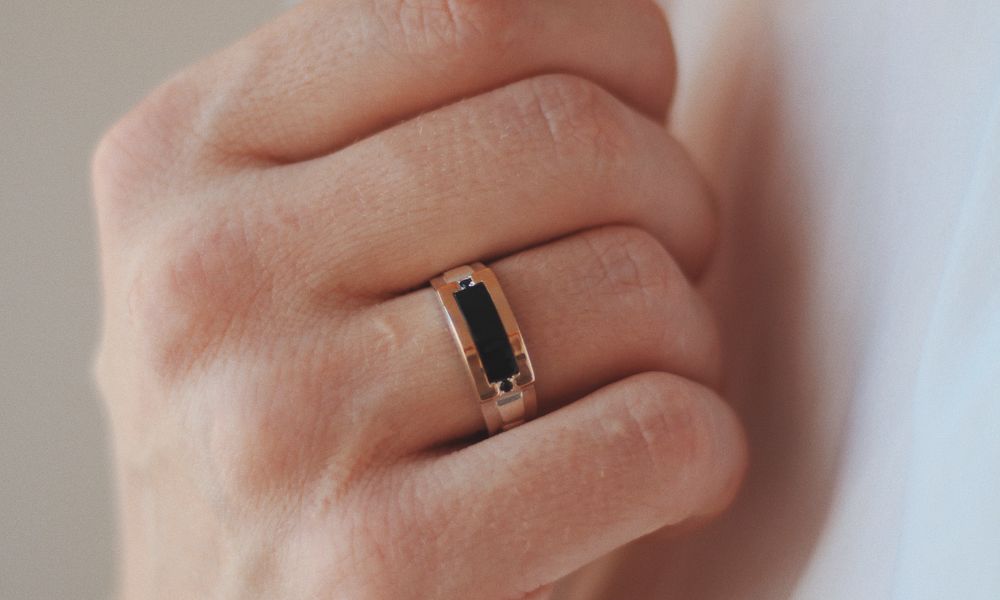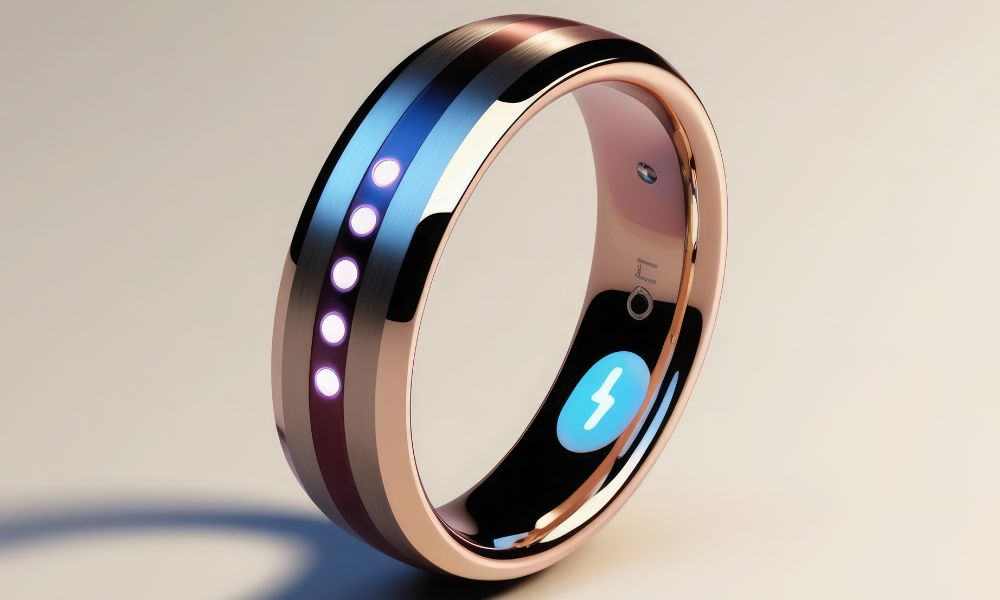Fitness smart rings have rapidly gained popularity as a new form of wearable tech for fitness enthusiasts. These compact devices, worn on the finger, are taking over the wearable market shift traditionally dominated by wristbands and smartwatches. Offering a combination of convenience, accuracy, and style, fitness smart rings are redefining how people monitor their health and track physical activity.

While wrist-based fitness trackers have been the go-to for years, the move toward finger-based devices is driven by both technological advances and consumer preferences. The slim design, continuous health monitoring features, and discreet appearance make these fitness tracker finger devices an appealing alternative. This article delves into the rise of fitness smart rings, the wearable market shift, and what this means for the future of fitness technology.
The Evolution of Wearable Tech for Fitness
Wearable technology for fitness has come a long way since the early pedometers and bulky heart rate monitors. Initially, wristbands and watches dominated the scene, providing users with step counts, heart rate data, and basic sleep tracking. However, as sensors have become smaller and more precise, manufacturers have sought new ways to integrate health tracking into everyday accessories.
Fitness smart rings exemplify this evolution. Unlike wrist devices, these rings use advanced sensors placed close to arteries in the fingers, which can offer more accurate readings of heart rate, oxygen saturation, and sleep quality. This precision, combined with the convenience of wearing a ring, is part of the driving force behind the wearable market shift.
Moreover, consumers are increasingly looking for devices that blend seamlessly with their lifestyle and fashion preferences. Fitness smart rings fit this demand by offering sleek designs that don’t interfere with daily activities or fashion choices, unlike bulkier wristbands.
Why Fitness Smart Rings Are Gaining Popularity
Several factors contribute to the growing appeal of fitness smart rings in the wearable tech for fitness world:
Comfort and Convenience
Wearing a device on the finger feels more natural to many users compared to wristbands, which can sometimes be uncomfortable during workouts or daily wear. Fitness smart rings are lightweight, water-resistant, and can be worn 24/7 without distraction.
Enhanced Accuracy
Finger placement allows these devices to gather more precise data. The arteries in the fingers provide better signals for measuring heart rate variability, blood oxygen levels, and even stress indicators. This makes fitness tracker finger devices especially valuable for users who want detailed health insights.
Fashion Meets Functionality
With fitness smart rings, users don’t have to compromise on style. Many brands offer customizable designs, materials ranging from titanium to ceramic, and colors that suit personal tastes. This combination of fashion and function helps the devices integrate effortlessly into daily wear.
Long Battery Life
Thanks to energy-efficient technology, fitness smart rings often offer longer battery life than traditional wrist-worn fitness trackers. This means fewer charges and more continuous monitoring.
How Health Monitoring Rings Work
Understanding how these health monitoring rings operate helps explain their growing success. Most fitness smart rings come equipped with multiple sensors that monitor various physiological markers.
Sensors and Metrics
Typical sensors include photoplethysmography (PPG) for heart rate and blood oxygen levels, accelerometers for movement and activity tracking, and temperature sensors for sleep and stress monitoring. These combine to provide a comprehensive view of a user’s health.
Continuous Tracking
Because fitness smart rings are worn consistently, they can track metrics continuously throughout the day and night. This provides better insights into patterns like sleep quality, resting heart rate, and recovery times.
Data Integration
Most devices sync with mobile apps where users can review their data in real time, set goals, and receive personalized feedback. This seamless integration enhances user engagement and motivates healthier habits.
The Wearable Market Shift: From Wrists to Fingers
The transition from wrist-worn devices to finger-worn smart rings represents a significant wearable market shift. This change reflects both technological advancements and evolving user preferences.
Market Trends and Growth
Industry reports show increasing sales and interest in smart rings, particularly among younger demographics and fitness enthusiasts who value aesthetics and advanced health monitoring. The shift is also supported by improvements in miniaturized sensor technology.

Challenges and Opportunities
While fitness smart rings offer many advantages, they face challenges such as higher costs compared to basic wristbands and limited screen real estate for on-device feedback. However, their discreet design and rich data capabilities open new opportunities for healthcare integration and personalized fitness plans.
Future Directions
As the wearable market shift continues, we can expect innovations like improved battery life, new sensor types, and expanded compatibility with healthcare providers. Smart rings could soon play a vital role not only in fitness tracking but also in medical monitoring.
What This Means for Fitness Enthusiasts
For anyone passionate about health and fitness, the rise of fitness smart rings offers exciting new possibilities. These devices bring professional-level health monitoring to everyday users in an unobtrusive form factor.
Better Data, Better Decisions
With more accurate and continuous data, users can make informed decisions about their workouts, recovery, and overall well-being. The detailed insights from fitness tracker finger devices encourage proactive health management.
Encouraging Consistency
Since health monitoring rings can be worn 24/7 without discomfort, users are more likely to stick with their tracking routine. Consistent data collection helps identify trends and triggers, ultimately leading to improved fitness outcomes.
Broadening Access to Health Monitoring
By blending technology with fashion, fitness smart rings lower the barrier to entry for health tracking. This broadens the user base, making wearable tech for fitness accessible to a wider audience beyond hardcore athletes.
The Future Is on Your Finger
The shift from wristbands to fitness smart rings marks a pivotal moment in wearable technology. These small yet powerful devices combine precision, comfort, and style to offer a new way to engage with personal health.
As the wearable market shift continues to accelerate, fitness smart rings are set to become a staple for tracking and health monitoring. Whether you’re a seasoned athlete or just beginning your wellness journey, the finger-worn fitness tracker offers a glimpse into the future of fitness tech: compact, elegant, and smart.


No Comments